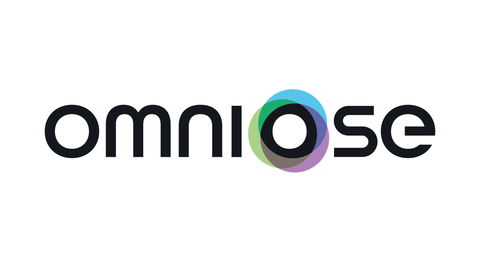Omniose Awarded NIH Grant of up to $3.0 Million to Develop Vaccines against Group B Streptococcus
Omniose Awarded NIH Grant of up to $3.0 Million to Develop Vaccines against Group B Streptococcus
BOSTON & ST. LOUIS--(BUSINESS WIRE)--Omniose, a company developing polysaccharide conjugate vaccines against serious bacterial threats, announced today a grant award up to $3.0 million for the development of a Group B Streptococcus (GBS) vaccine from the National Institute of Allergy and Infectious Diseases of the U.S. National Institutes of Health. Group B Streptococcus is a leading cause of invasive bacterial infections in neonates1 and older adults2 in the US and causes an estimated 90,000 infant deaths and 46,000 stillbirths worldwide3.
“We appreciate the continued support from the NIH for our GBS vaccine program and believe this target is a great fit with our bioconjugate vaccine platform technology,” said Christian Harding, Ph.D., Chief Scientific Officer and co-founder of Omniose (previously known as VaxNewMo). Timothy Cooke, CEO, added, “GBS infections are an important health problem globally and there is a broad consensus for a vaccine solution.”
Omniose Approach to a GBS Vaccine
Our goal is to develop a GBS vaccine with the highest efficacy using a greatly simplified production process. The Omniose platform uses synthetic biology with enzymatic rather than chemical methods to produce GBS polysaccharide conjugate vaccines. The one-step enzymatic process takes place in a single re-engineered E. coli cell and retains 100% of sialic acid residues on the polysaccharide for each capsular polysaccharide conjugate. Retention of sialic acid residues has been shown to be critical for eliciting optimal functional antibody responses towards certain GBS serotypes post vaccination4. Conventional chemical methods are complex and lead to reduced levels of sialic acid residues through oxidation5, which can have a negative impact on protective responses against GBS.
About Omniose
The Omniose bioconjugate vaccine platform enables the precise enzymatic attachment of virtually any bacterial polysaccharide (sugar) antigen to engineered carrier proteins within a single E. coli cell. Bioconjugation is a much simpler process than conventional chemical conjugation methods and has the potential to produce higher quality vaccines. However, the enzymes used for bioconjugation thus far could only address a limited range of bacterial targets. Omniose is breaking through this barrier by expanding the range of bacterial vaccines that can be developed, while leveraging the already established benefits of bioconjugation.
References
- Nanduri, S. A. et al. Epidemiology of Invasive Early-Onset and Late-Onset Group B Streptococcal Disease in the United States, 2006 to 2015: Multistate Laboratory and Population-Based Surveillance. JAMA Pediatr 173, 224-233 (2019).
- Francois Watkins, L. K. et al. Epidemiology of Invasive Group B Streptococcal Infections Among Nonpregnant Adults in the United States, 2008-2016. JAMA Intern Med 179, 479-488 (2019).
- Goncalves, B. P. et al. Group B Streptococcus infection during pregnancy and infancy: estimates of regional and global burden. Lancet Glob Health 10, e807-e819 (2022).
- Wessels, M. R. et al. Structural properties of group B streptococcal type III polysaccharide conjugate vaccines that influence immunogenicity and efficacy. Infect Immun 66, 2186-2192 (1998).
- Chen, V. L., Avci, F. Y. & Kasper, D. L. A maternal vaccine against group B Streptococcus: past, present, and future. Vaccine 31 Suppl 4, D13-19 (2013).
Contacts
Timothy Cooke
Chief Executive Officer
media@omniose.com
www.omniose.com
